Category: Physics
-

Electric current and potential difference: Unlocking Powerful Electrical Concepts (2)
An electric current is the rate of flow of charge through a conductor. Electric current is measured in amperes by an instrument called ammeter. An ammeter is an electrical instrument used to measure the current flowing through a circuit. The ammeter is designed to be connected in series with the circuit. This ensures that the…
-

Source of Electric current: precise study 1
Electric current can be generated from a variety of sources. These sources generally rely on different physical principles to create the flow of electrons. A common source of electric currents is chemical cells and generators driven by moving water or vapor. other sources of electricity includes: Chemical cells, often referred to as galvanic cells or…
-
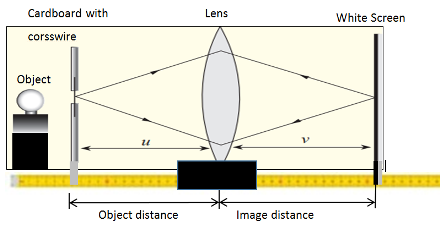
Lens formula experiment 2
e distance and the object distance. By use of mirror formula that had been derived earlier, the unknown focal length of a lens can be determined experimentally.
-
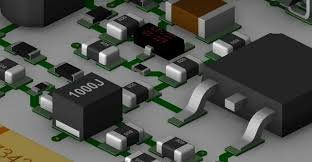
Arrangement of components in a circuit: concise Detailed approach1
Arrangement of components in a circuit can be done in parallel or in series. The setup below shows bulbs connected in series. When bulbs are connected in series, the electrical circuit is arranged so that the current flows through each bulb one after another, following a single path. The bulbs connected in series gives out…
-
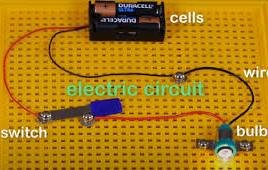
Arrangement of cells: Easy introduction 1
In current electricity, the term arrangement of cells refers to how individual electro-chemical cells are connected in an electrical circuit. These cells can be arranged in series or parallel: Series Arrangement of cells Cells are said to be in series arrangement when positive terminal of one cell is connected to the negative terminal of the…
-
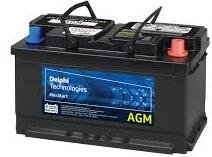
Electromotive force and potential difference: introduction 1
Electromotive force is the energy required to drive electrical charges through a conductor. A cell is the device that produces electrical potential difference at the ends of the conductor. The cell or the battery does the work of pumping charges to a high potential so that they can flow. The higher the potential difference (p.d),…
-

Upthrust in gases : easy approach1
Upthrust in gases is the upward force exerted on an object immersed in a gas, which opposes the object’s weight. It arises from the pressure difference between the top and bottom of the object due to the gas’s density. This concept is similar to upthrust in liquids but involves the behavior of gases, which are…
-
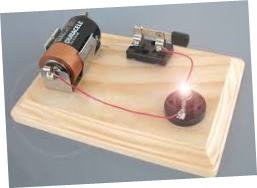
Simple Electric Circuits 1
Electric circuits are pathways through which electric current flows. Simple Electric Circuits are circuits made using simple apparatus and procedure. An electric current is the flow of electric charge through a conductor, such as a wire. It occurs when charged particles move. Typically, electrons respond to an electric field created by a voltage difference across…
-
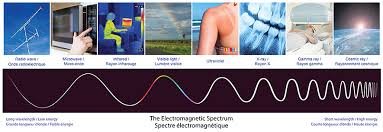
Energy of Radiation: stopping potential 2
The energy of radiation is the energy emitted by matter. It is released in the form of waves and is proportional to its frequency. The stopping potential refers to the voltage needed to stop the most energetic photoelectrons. These photoelectrons are emitted from the surface of a material
-
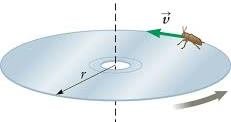
Uniform circular motion: Easy concise discussion with 5 examples
Uniform Circular Motion refers to the motion of an object traveling at a constant speed along a circular path. The object’s speed remains constant. However, its velocity is constantly changing. This change occurs due to the continuous change in direction as the object moves along the curve.
